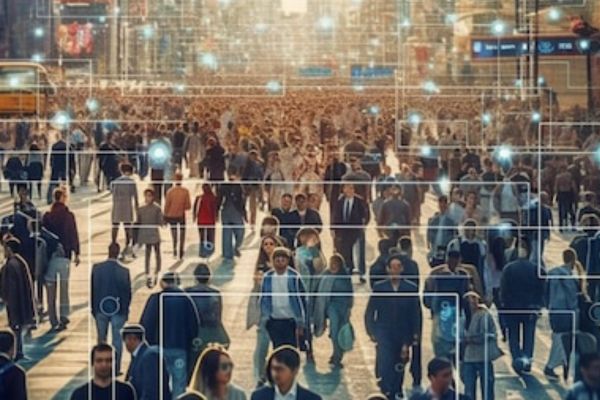The Maha Kumbh, the world’s largest religious event, is a massive logistical task. With millions of devotees gathering at one location this year, AI-driven surveillance and the local administration went a long way in providing a good experience to the pilgrims and dodging what could have been an even worse tragedy.
For the very first time in India, AI was used to this extent for tracking, coordinating, and predicting crowd movement patterns. Identifying congestion spots and delivering real-time warnings. The AI delivered predictive reports, enabling security personnel to recognize high-risk areas even before bottlenecks became a problem. AI-powered surveillance cameras and equipment helped the authorities keep constant tabs on the event, achieving quicker and better coordinated responses.
Despite the intricacies involved in controlling such a vast number of people, the coordination of AI and human efforts facilitated prompt reaction. With 40,000 police officers deployed over 102 checkpoints. The gathering witnessed a mix of cutting-edge technology and careful human deployment, greatly minimizing risks and facilitating better crowd control.
How AI and Authorities Made a Difference
- Real-Time Monitoring: AI-based monitoring detected the congestion areas and alerted the personnel to deploy staff proactively, averting further escalation
- Predictive Analytics: the system predicted likely overcrowding areas, ensuring security teams control crowd movement before pressure points arise.
- Rapid Alerts and Coordination: Real-time AI-driven alerts briefed ground teams on what was happening, facilitating a quicker response to the situation as they were happening and avoiding risks.
- Optimized Resource Allocation: With the use of AI insights, authorities deployed medical and emergency response teams strategically so that assistance was available wherever required.
It is simple to point out a single unfortunate event and scrutinize the role of AI, however, the big picture tells a whole different story. Had it not been for AI-based monitoring and intervention, the casualty count would have been much higher. Far from a failure, this incident showcases how AI and human coordination can drastically enhance mass crowd management and reduce potential risk at mass gatherings.
This is a turning point in India’s crowd management policies. With Maha Kumbh 2025 on the horizon, lessons from this event will further fine-tune the AI systems to provide even quicker response times and improved integration between technology and human security forces.
The smooth implementation of Maha Kumbh’s safety protocols was a testament to the potential of AI in public safety. Through real-time analysis of congestion hotspot prediction and automated threat identification, AI played the role of an invisible guardian, steering authorities towards proactive, rather than reactive, crowd management. This incredible combination of Artificial Intelligence and human alertness created a new standard of mass gathering management and demonstrated technology, when utilized properly, can save lives and improve the public experience on a scale never seen before.
The future of public safety consists of a combination of AI-aided intelligence and strategic human intervention. No system could possibly eliminate unpredictability in crowds, but careful use of AI combined with proper police and emergency response team initiatives certainly averted several catastrophes and saved millions of lives.

















